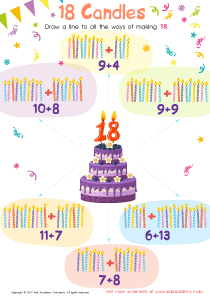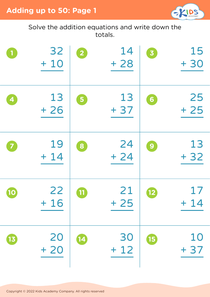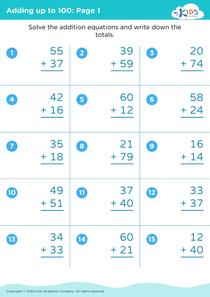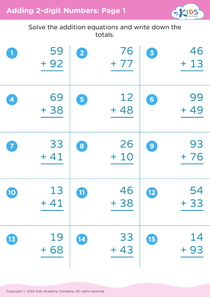Fine motor skills (writing numbers) Adding Up to 5 Worksheets for Ages 4-8
13 filtered results
-
From - To
Boost your child's fine motor skills with our engaging "Adding Up to 5 Worksheets" designed specifically for ages 4-8! These worksheets provide a fun and interactive way for children to practice writing numbers while mastering basic math concepts. Each activity encourages proper grasp and control of writing tools, paving the way for improved handwriting and numerical understanding. By completing these worksheets, kids will enhance their coordination, precision, and mathematical abilities. Perfect for at-home learning or classroom use, our resources help young learners develop confidence in their skills as they explore the world of numbers. Download your worksheets today to promote effective learning!
Fine motor skills, particularly in the context of writing numbers and performing basic math operations, are crucial for children aged 4-8 for several reasons. First, these skills lay the foundation for more complex tasks both in academics and daily life. As children enhance their fine motor control, they gain the confidence needed for writing, which is fundamental for expressing thoughts and solving problems.
Additionally, mastering the skill of writing numbers and conducting simple additions helps foster numeracy, an essential component of early math education. By practicing writing numbers while also adding up to 5, children develop a better understanding of number recognition, counting, and basic arithmetic principles. Engaging in such activities encourages cognitive growth, enabling kids to grasp essential concepts that will support them in future math endeavors.
Moreover, fine motor skill development is linked to an array of other skills, including creativity, spatial awareness, and hand-eye coordination. Teachers and parents who cultivate these abilities through engaging exercises will better prepare their children for challenges in later academic years. Overall, emphasizing the importance of fine motor skills and basic math foundations can significantly contribute to a child’s overall development and self-sufficiency as they transition into more complex learning environments.


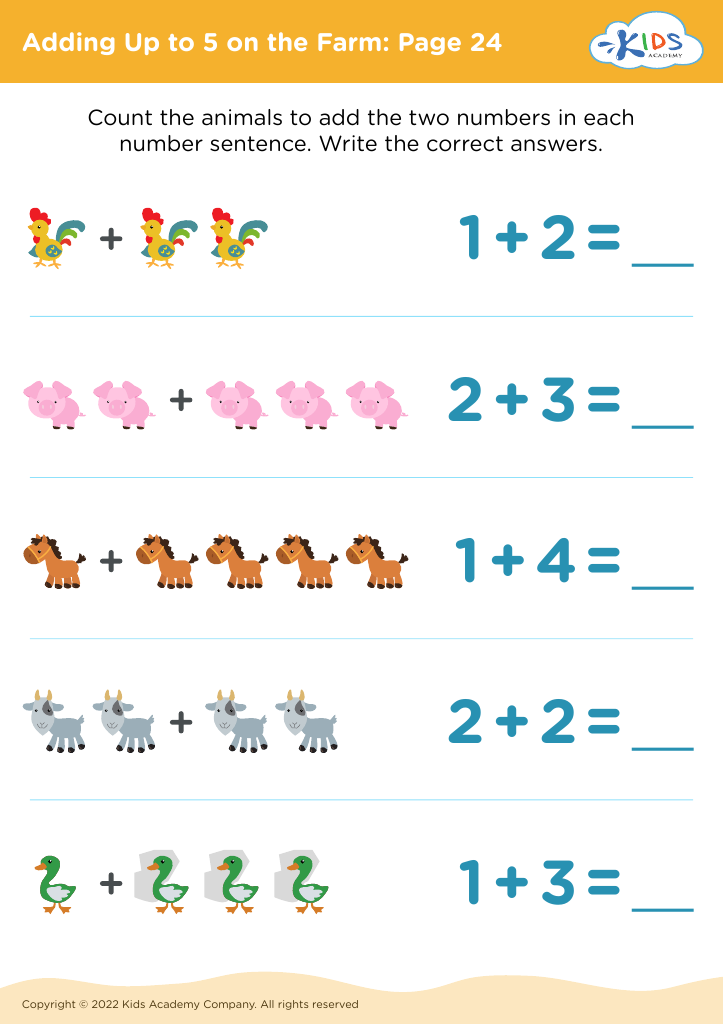




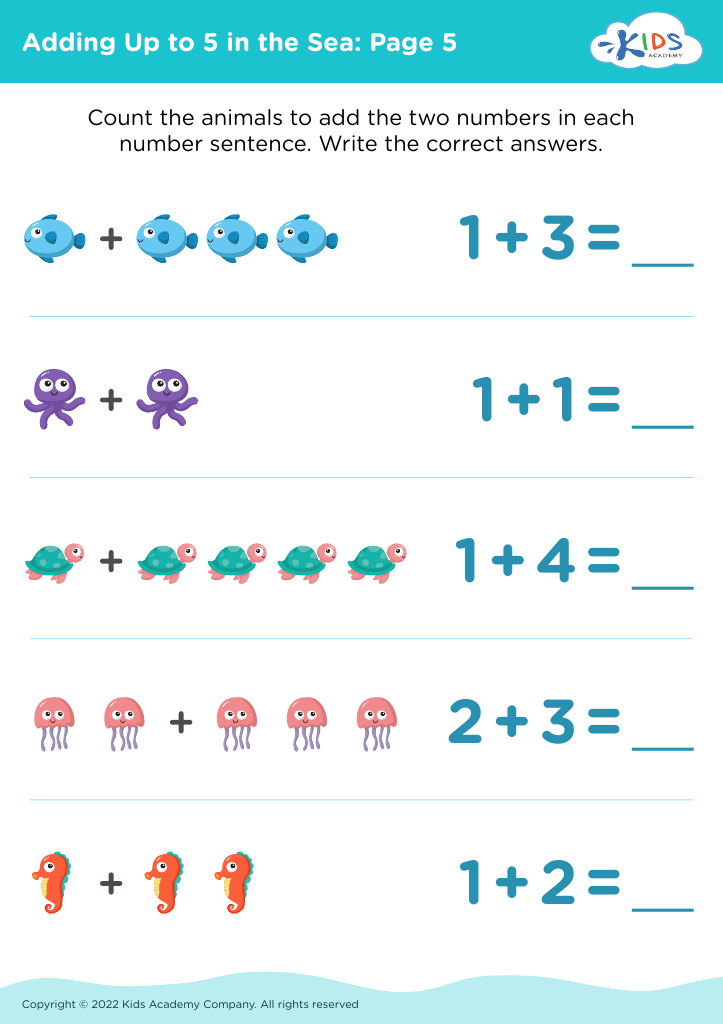
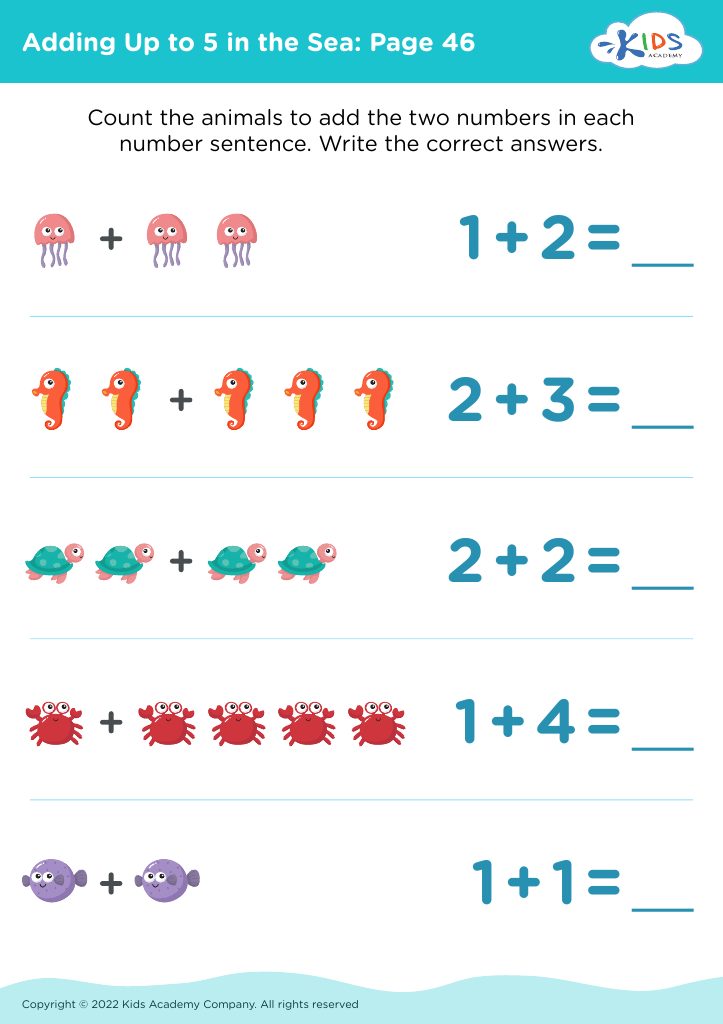
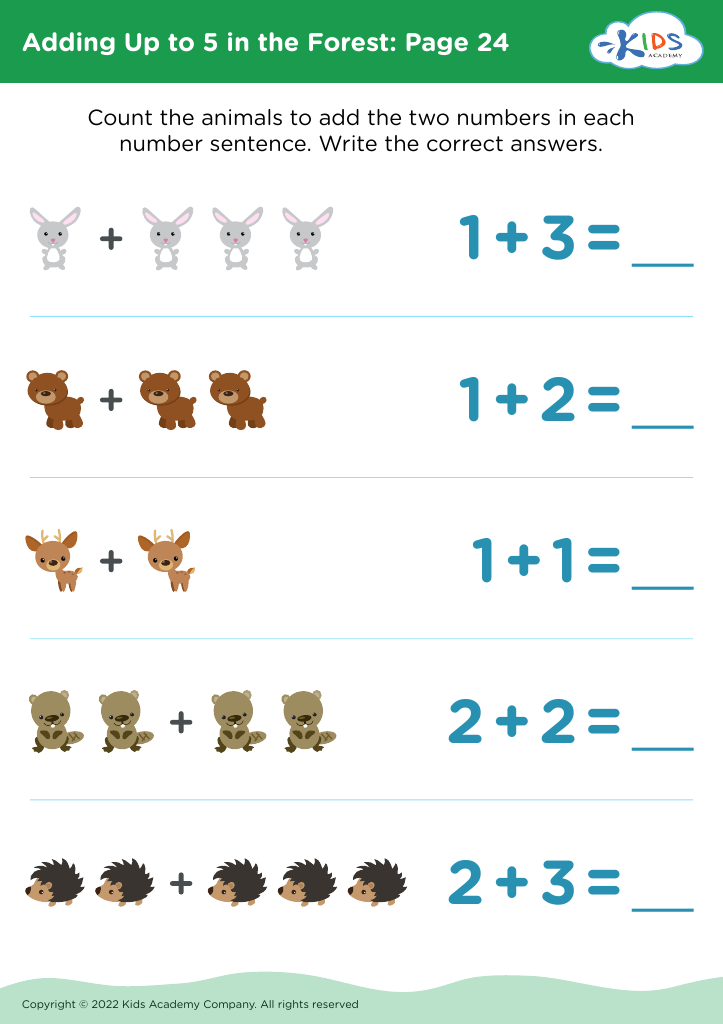

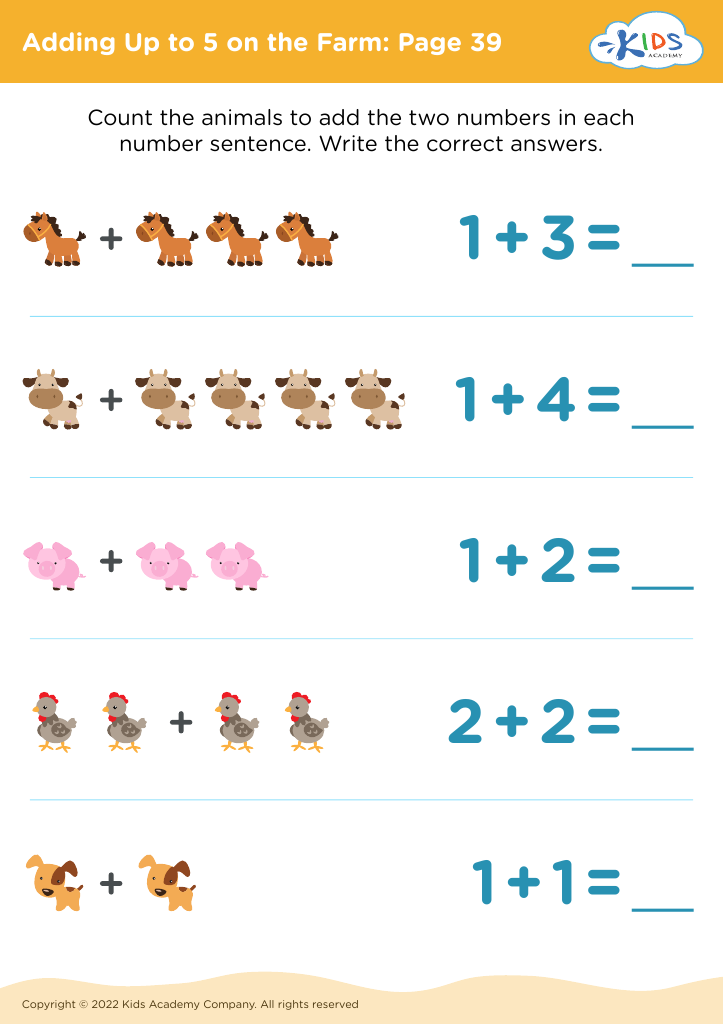


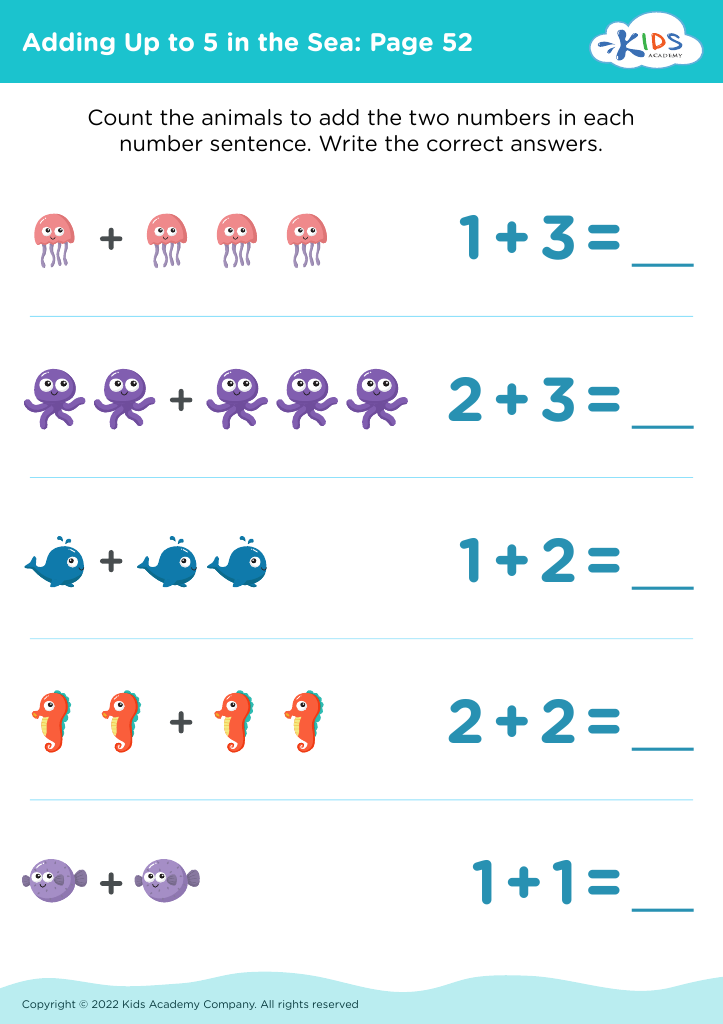





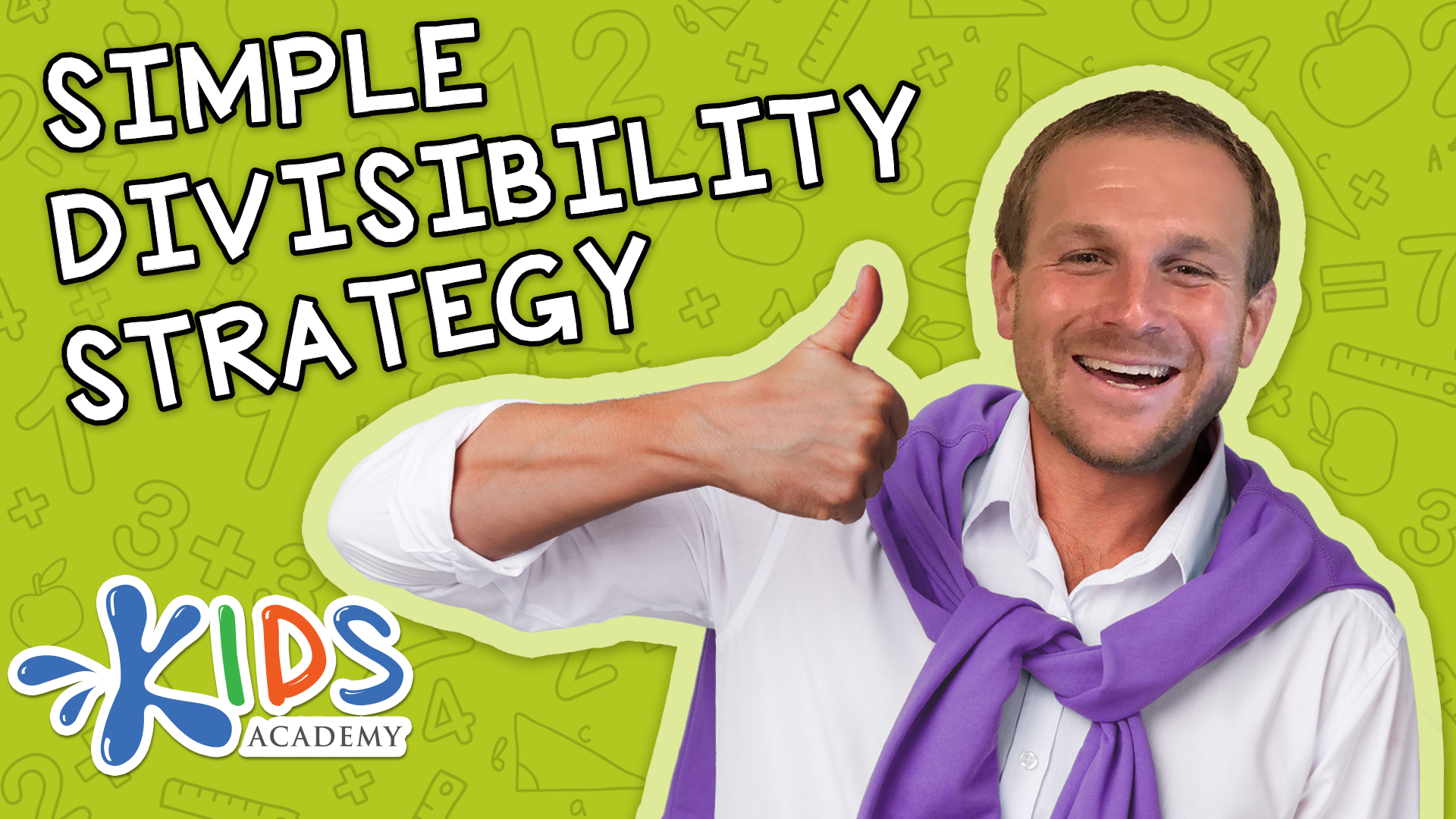

%20(1).jpg)

